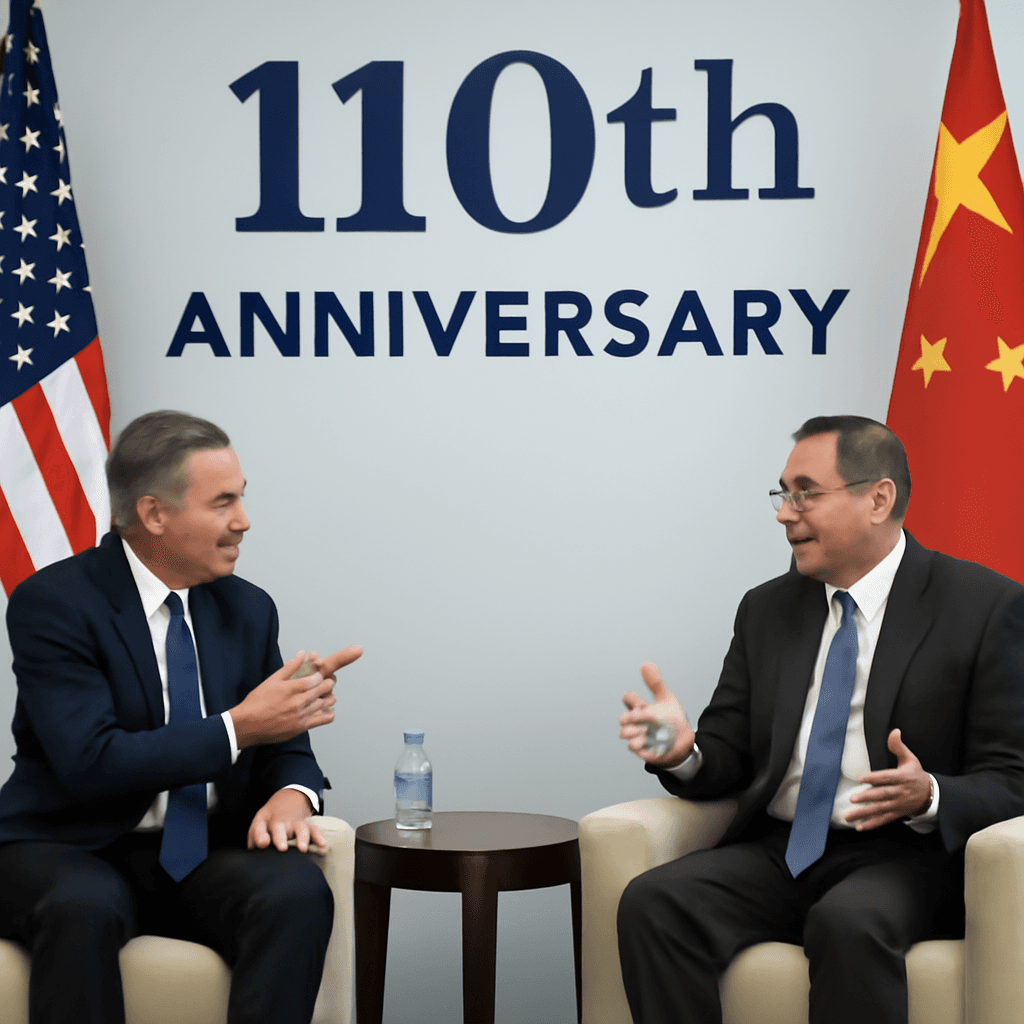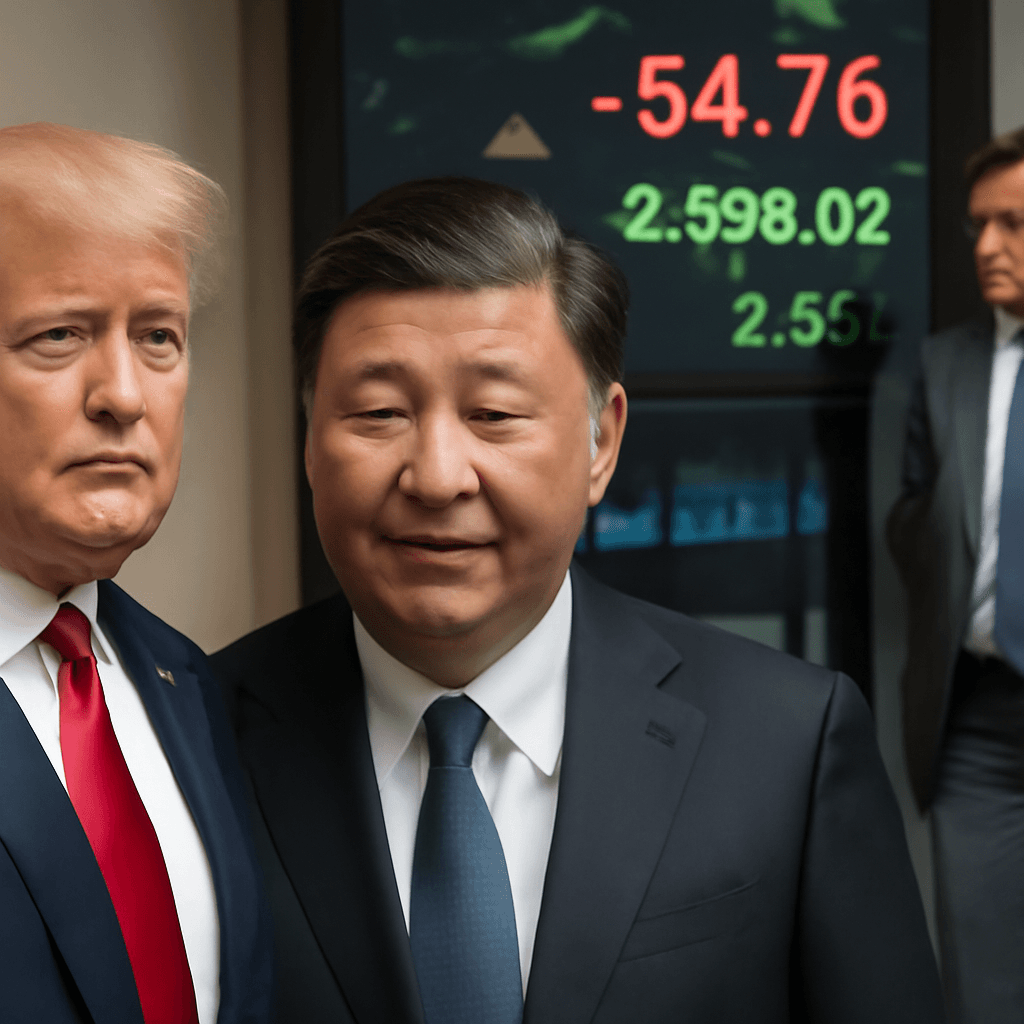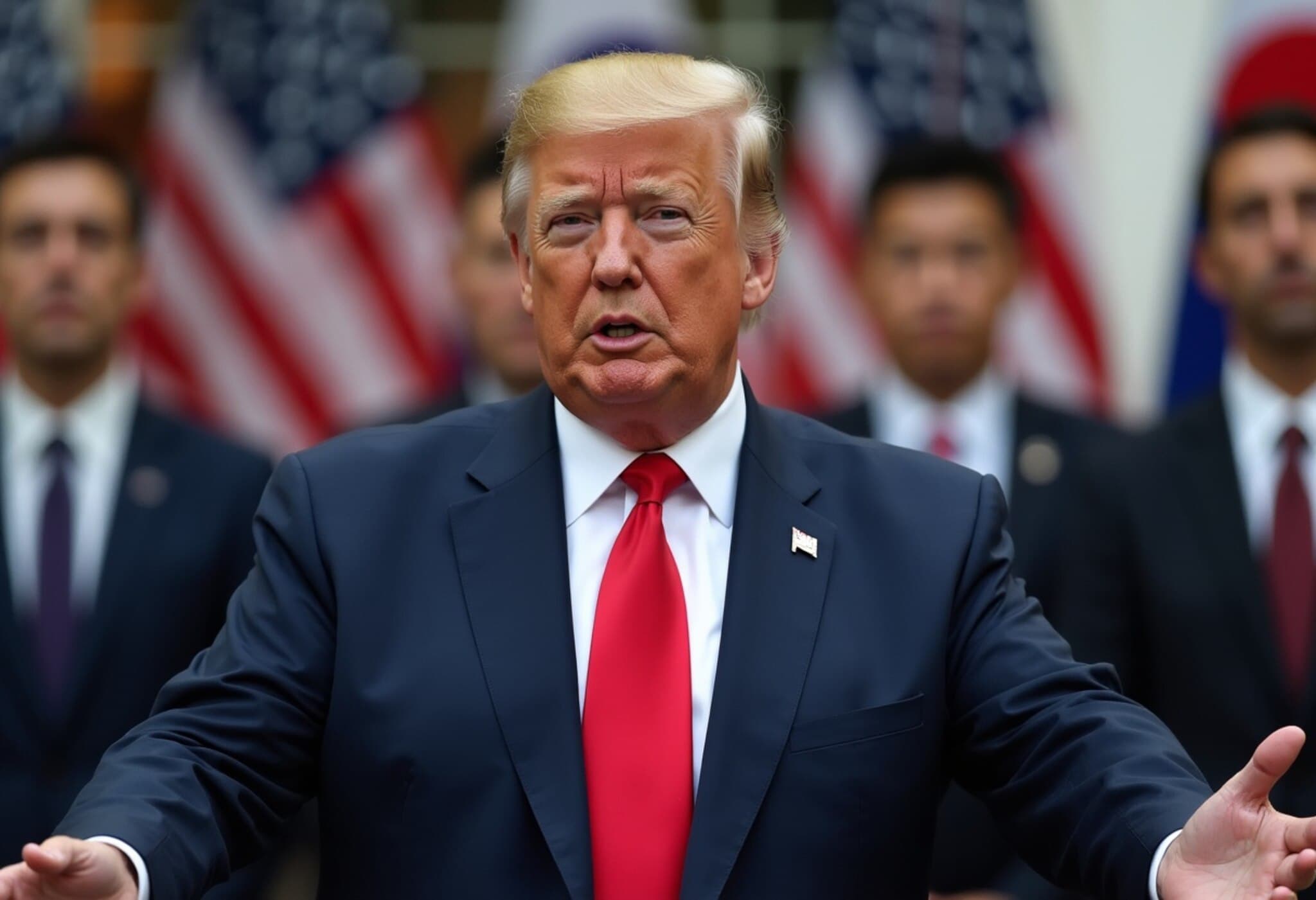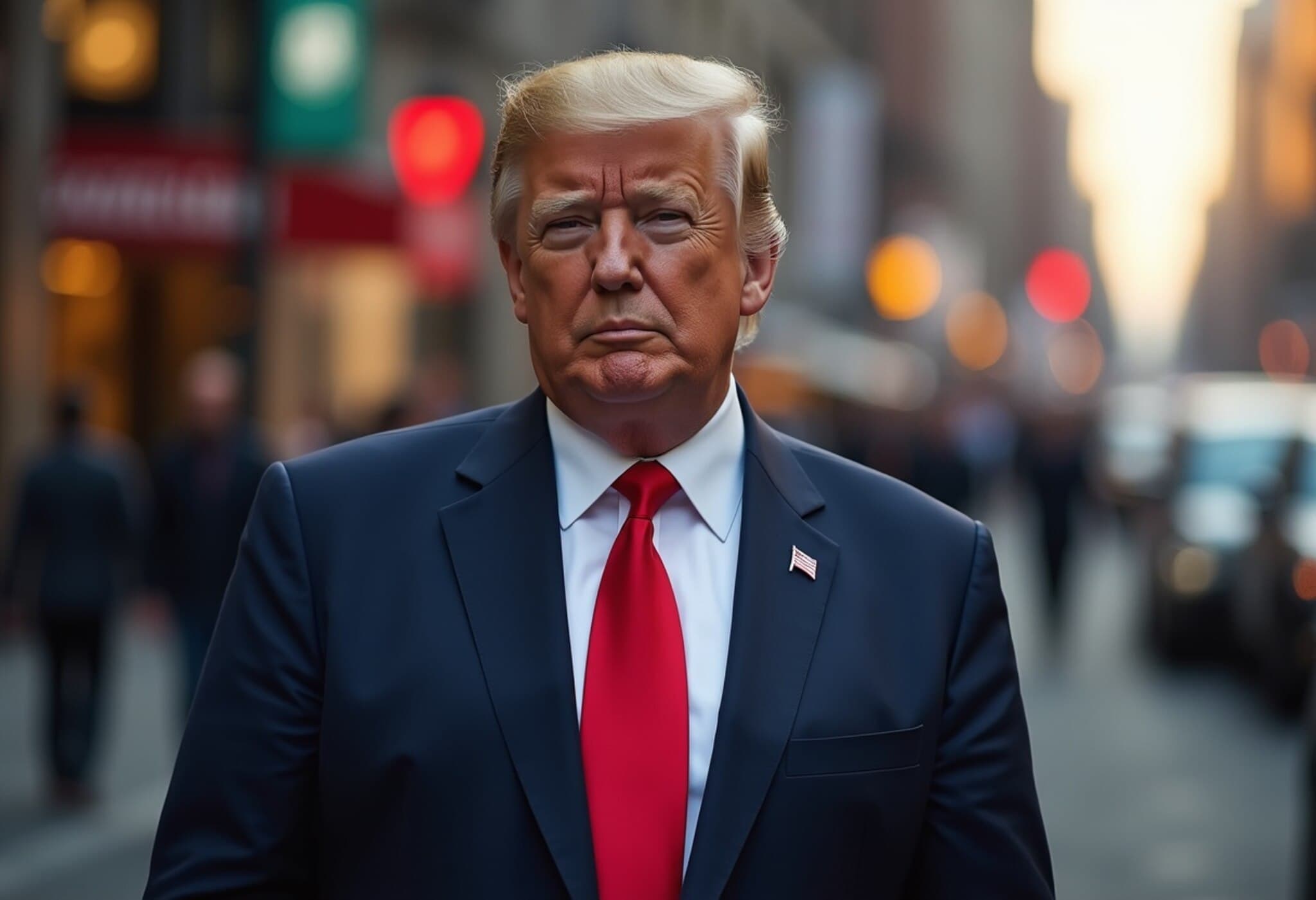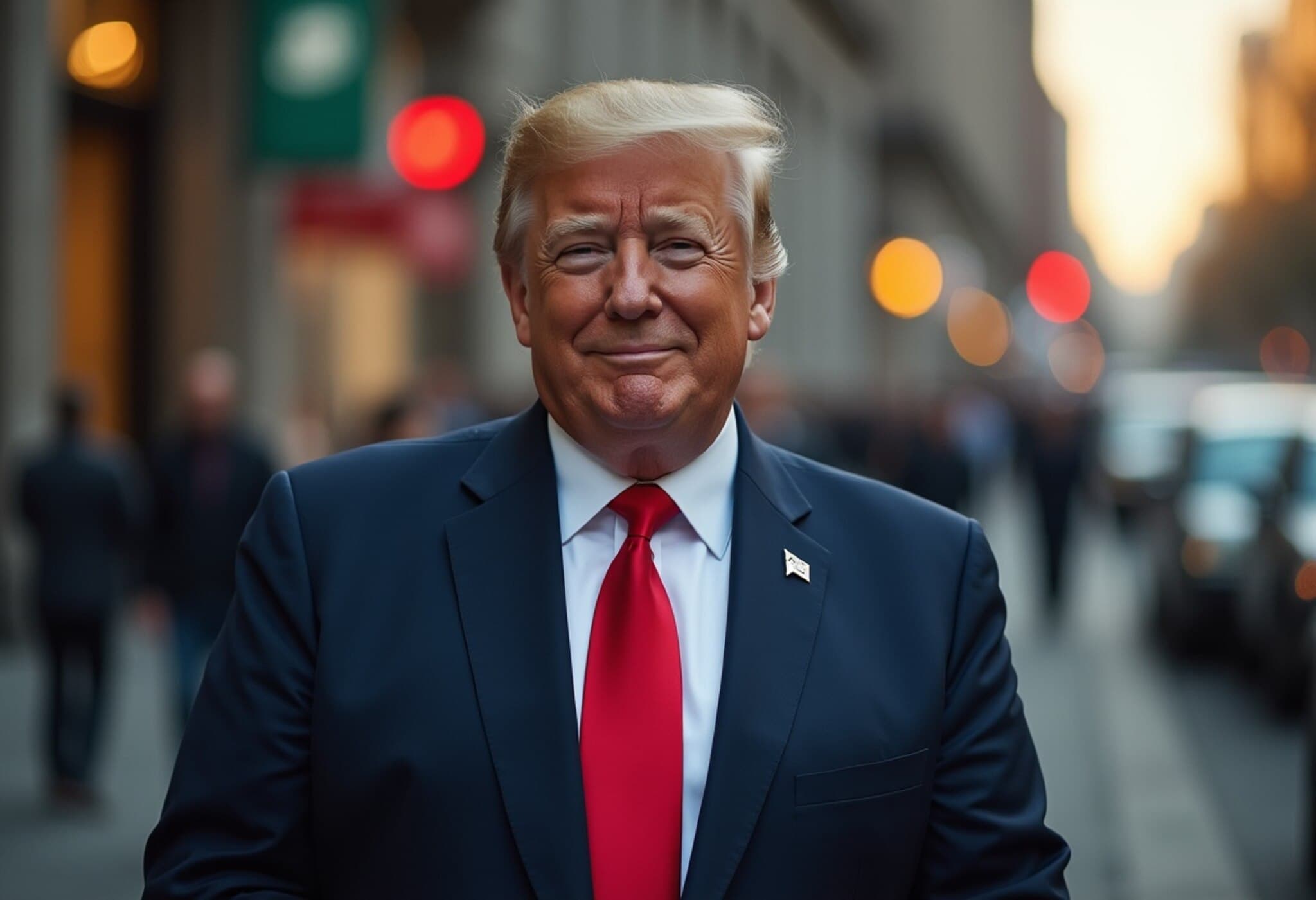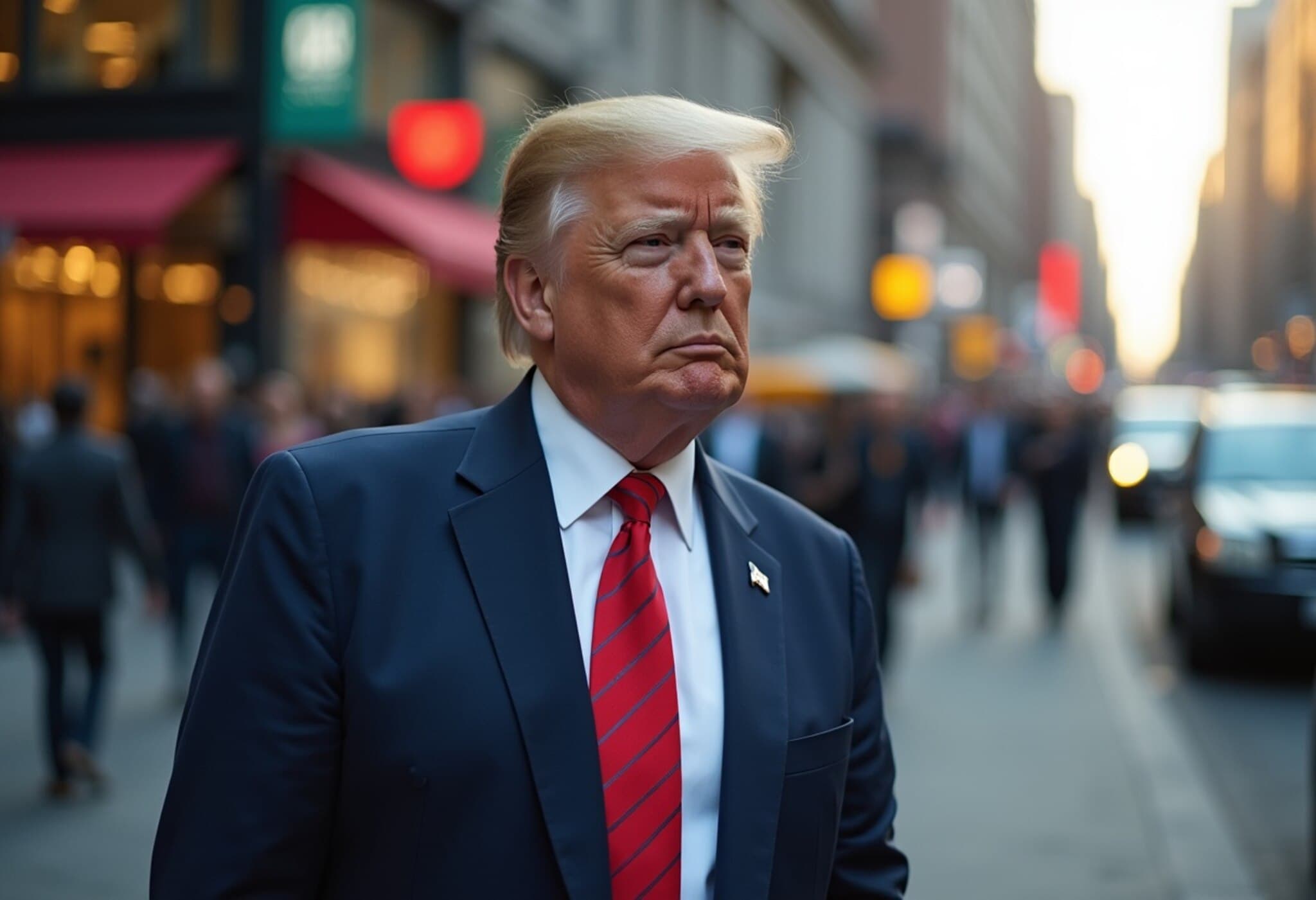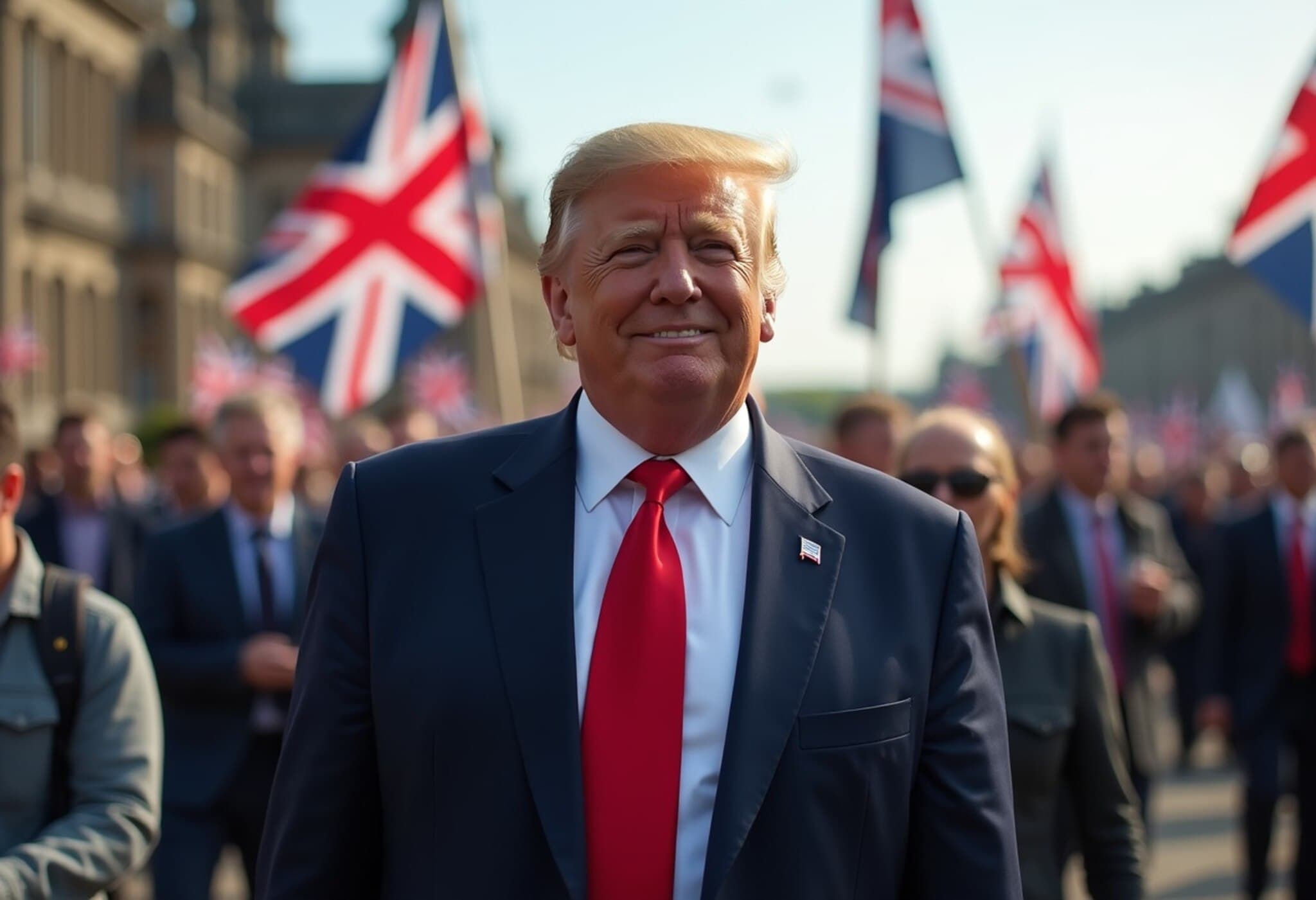Japan and the US Forge a $550 Billion Investment Pact to Strengthen Semiconductor Supply Chains
In a landmark move underscoring the shifting dynamics of global trade and economic security, Japan has agreed to a massive $550 billion investment package linked to a newly inked trade deal with the United States. This ambitious pact, announced in July 2025, aims to reshape critical supply chains—most notably semiconductor manufacturing—by providing extensive financial support, including equity stakes, loans, and guarantees, for projects in the United States.
Broad Scope Beyond Borders: Supporting Taiwanese Chipmakers in the US
Japan’s chief trade negotiator, Ryosei Akazawa, revealed that the package’s financing is not limited to Japanese companies. Instead, it opens the door to entities like Taiwanese semiconductor giants establishing plants on American soil. This inclusion is a significant nod to Taiwan’s Taiwan Semiconductor Manufacturing Company (TSMC), a key player in the industry, whose US expansion has raised geopolitical concerns due to Taiwan's proximity to China.
"If, for example, a Taiwanese chipmaker sets up a factory in the United States using Japanese components or adapts products to Japanese market needs, such projects qualify for this support," Akazawa said in an interview with NHK. Although specific companies were not named, the hint at TSMC is evident given its footprint and ongoing $165 billion investment plan in the US announced earlier this year.
Strategic Economic Security and Supply Chain Resilience
The deal is framed as a collaborative effort by the US, Japan, and allied nations to secure vital supply chains crucial for economic and national security. Semiconductor manufacturing, a cornerstone of contemporary technology and defense industries, has been a focal point due to vulnerabilities spotlighted by recent geopolitical tensions and the COVID-19 pandemic’s disruptions.
- Japan Bank for International Cooperation (JBIC) and Nippon Export and Investment Insurance (NEXI) will be instrumental in deploying these investments.
- Recent legislative changes empower JBIC to finance foreign enterprises critical to Japan's supply chain security.
- Loans and guarantees will form the bulk of financing, while equity investments are expected to constitute only 1-2% of the total package.
Clarifying Financial Returns and Strategic Gains
Addressing concerns around profit distribution, Akazawa clarified the White House’s claim that 90% of profits from the investment package would remain with the US refers exclusively to equity returns, a minor part of the overall package. Despite Japan initially seeking to claim half the profits, Akazawa framed the agreement as a win considering the nearly 10 trillion yen ($67.7 billion) in tariff costs Japan stands to save.
The plan is to actively channel these funds before the conclusion of President Trump’s current term, demonstrating both urgency and long-term strategic commitment.
Why This Matters: The Bigger Picture
This deal represents more than just financial collaboration—it signals a tactical alignment among allied economies amid a backdrop of increasing supply chain nationalism and tech competition with China. Supporting Taiwanese firms within the US not only diversifies critical manufacturing bases but also helps integrate allied interests into a more stable, resilient semiconductor ecosystem.
Experts note that Japan’s willingness to back foreign companies, including those from Taiwan, signals a nuanced understanding of intertwining supply chains and the need for pragmatic alliances beyond national firms. This could set a precedent for future cross-border economic security strategies, where investment is leveraged as a tool to achieve geopolitical stability.
Underreported Dimensions
- Environmental and labor standards: How will investments influence sustainable manufacturing practices in the US semiconductor plants?
- Impact on US domestic industries: To what extent might this oxygen for foreign-owned plants affect homegrown American firms?
- Regulatory oversight: Will there be transparent criteria to evaluate eligible projects and ensure alignment with national security?
Editor’s Note
This $550 billion investment package reflects a strategic recalibration in global trade and economic security, ushering in an era where cooperation crosses traditional national boundaries. While the support for Taiwanese semiconductor infrastructure in the US signals a proactive diversification strategy, it also raises complex questions around sovereignty, profit-sharing, and industrial policy. Readers are encouraged to consider how such large-scale collaborations might reshape future geopolitical landscapes and what it means for the global technology race.


